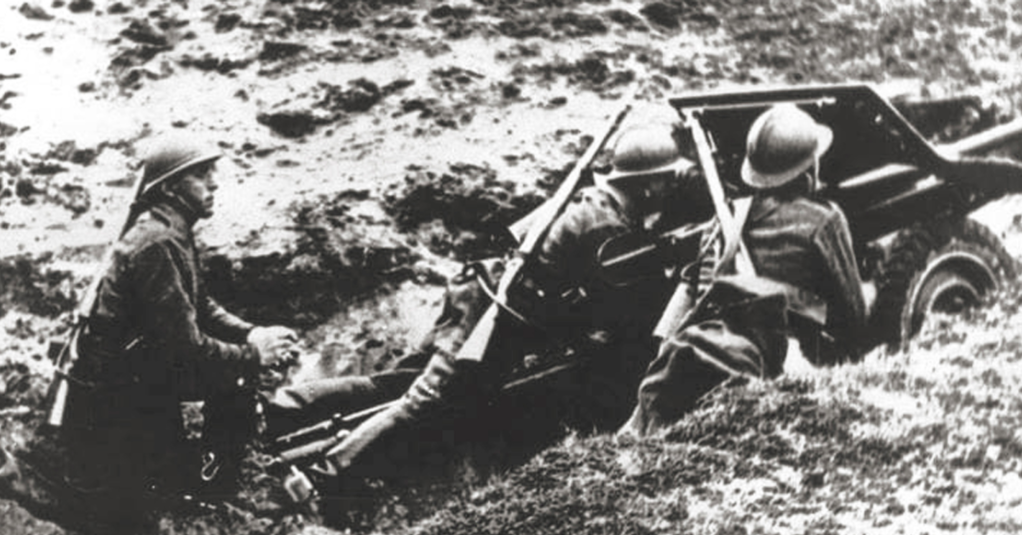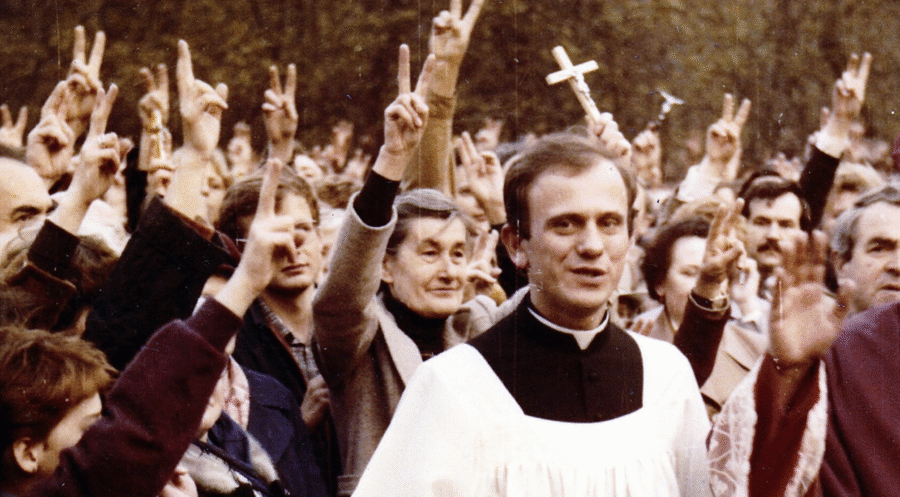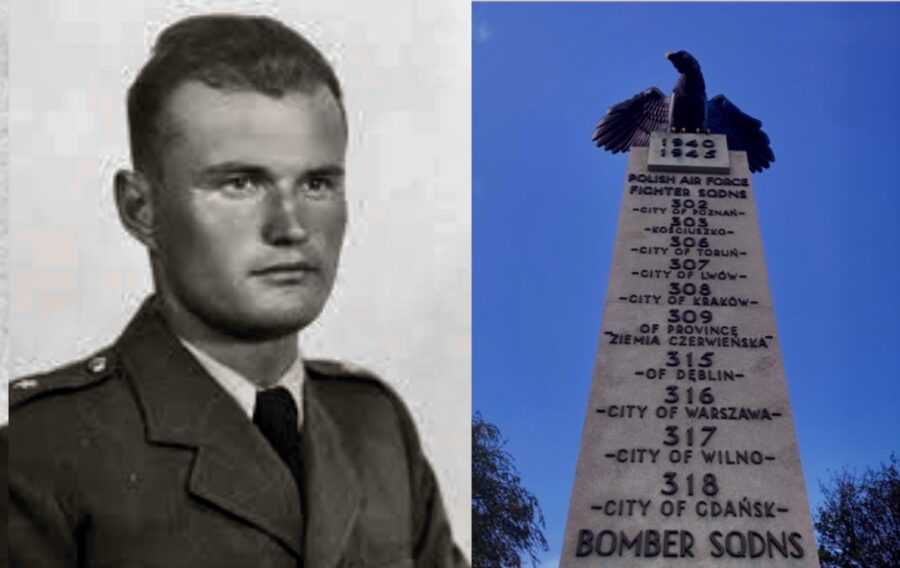Many Western newspapers often ridicule the Poles for how ineptly they defended their country during the German invasion of Poland in September of 1939. They write about Poles on horseback attacking German tanks using ancient sabres and bottles with gasoline. These condescending tales are just a continuation of German propaganda aiming to humiliate the Poles.
https://twitter.com/AgainstRevisio1/status/1568298300302053376?s=20&t=ySfp4RFtQXX-7E5hzx6xjw
Most westerners have heard about the Battle of Thermopylae. They watched the movie „300” with Gerard Butler as King Leonidas. They certainly know that Thermopylae has become a symbol of heroism and honour in defending one’s own country at all cost and against an overwhelmingly stronger enemy.
But how many of them have heard about „Polish Thermopylae”? The Battle of Wizna? Probably not many… if at all. And this battle should be known because there were not many such phenomenal defences in the history of military events. This is just one of many events proving how insanely brave and strong Poles were during the war. They said: „Our order was – do not let the enemy in.”
So just a quick refresher. The Battle of Thermopylae was fought between an alliance of Greek city-states, led by King Leonidas of Sparta, and the Persian Empire of Xerxes I over three days in the year 480 B.C. 300 Spartans defended the narrow pass against over 100,000 Persians.
Similarly, the Battle of Wizna was fought over three days, between September 7 and September 10, 1939, between the forces of Poland and Germany during the initial stages of the invasion of Poland. According to Polish archival sources, about 400 Poles defended a fortified line against more than 40,000 heavily armed Germans. That’s 40:1.
Polish forces, about 400 strong, were positioned in several concrete bunkers, armed with six pieces of artillery (75mm), 24 heavy machine guns, 18 machine guns, and 7.5 mm anti-tank rifles with just 20 bullets.
The Germans arrived under the command of General Heinz Guderian, commander of the XIX Panzer Corps. His forces numbered some 1 200 officers and 41 000 soldiers and non-commissioned officers, equipped with over 350 tanks, 108 howitzers, 58 pieces of artillery, 195 anti-tank guns, 108 mortars, 188 grenade launchers, 288 heavy machine guns and 689 machine guns.
General Heinz Guderian supported the invasion of Poland because, in his own words, he „despised the Catholic, Slavic Poles”. The invasion of Poland was ferocious. The German military killed thousands of civilians. Military officials mistreated and killed prisoners of war, ignoring the Geneva Convention and their army regulations. He knew of murder operations and Jews being forced into ghettos from his son, Heinz Günther Guderian, who had witnessed some of them. There is no record of his having made any protest.
Although the Polish units were almost entirely composed of conscripts mobilized in August 1939 rather than professional soldiers, their morale was very high. After the war, Guderian had trouble explaining why such a small force stopped his corps. In his memoirs, he attributes the delay to his officers „having trouble building bridges across the rivers”.
This is funny because the summer of 1939 in Poland was sweltering, and the water level in rivers was disastrously low. During the Nuremberg Trials, he remarked that „Wizna was „well-defended by a local officer school,” which sounded really more like an excuse than a severe military assessment.
The Battle of Thermopylae took place in August or September 480 BC, almost 2,500 years ago.
One of the symbols of the battle is Captain Władysław Raginis, the commanding officer of the Polish force, who swore to hold his position as long as he was alive. When the last two bunkers under his command ran out of ammunition, he ordered his men to surrender their arms and committed suicide by throwing himself on a live grenade.
Exact Polish losses are unknown, mainly because very little is known of the soldiers that were taken as prisoners of war by the Germans. It is estimated that only approximately 70 Poles survived. Some successfully withdrew and reached the Polish lines, others were taken prisoner. Some of the prisoners were subsequently killed by the Germans; others were beaten and abused but survived and were eventually taken to POW camps.
German losses are not known either. An official release by the Wehrmacht mentioned „several dozen dead”, but at least several hundred bodies of fallen German soldiers were exhumed from a local war cemetery.
Today, there is a memorial at Wizna battlefield, honouring the fallen Poles and their commander.
So King Leonidas lost his battle and died, and so did the Poles and Captain Raginis. However, the fame of Thermopylae is derived not from its effect on the outcome of the war but from the inspirational example it set. Thermopylae is famous because of the heroism of the doomed rearguard, who remained at the pass despite facing certain death. And so, Wizna will forever symbolize the spirit of the Poles, their devotion to freedom, and heroism in the face of impossible odds.
Edward Reid
Picture: Institute of National Remembrance








